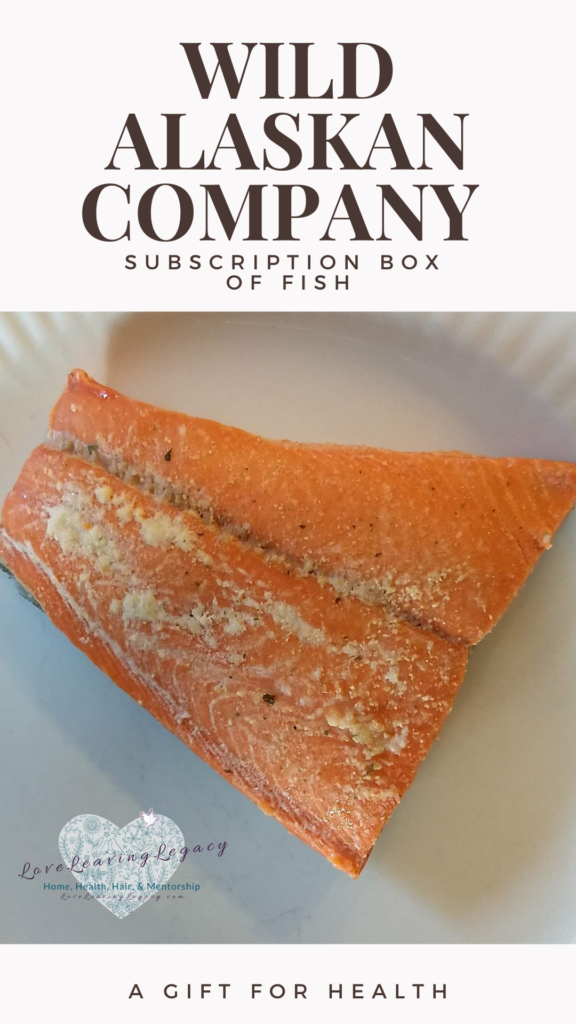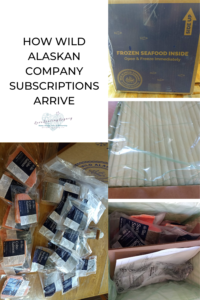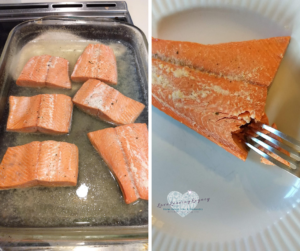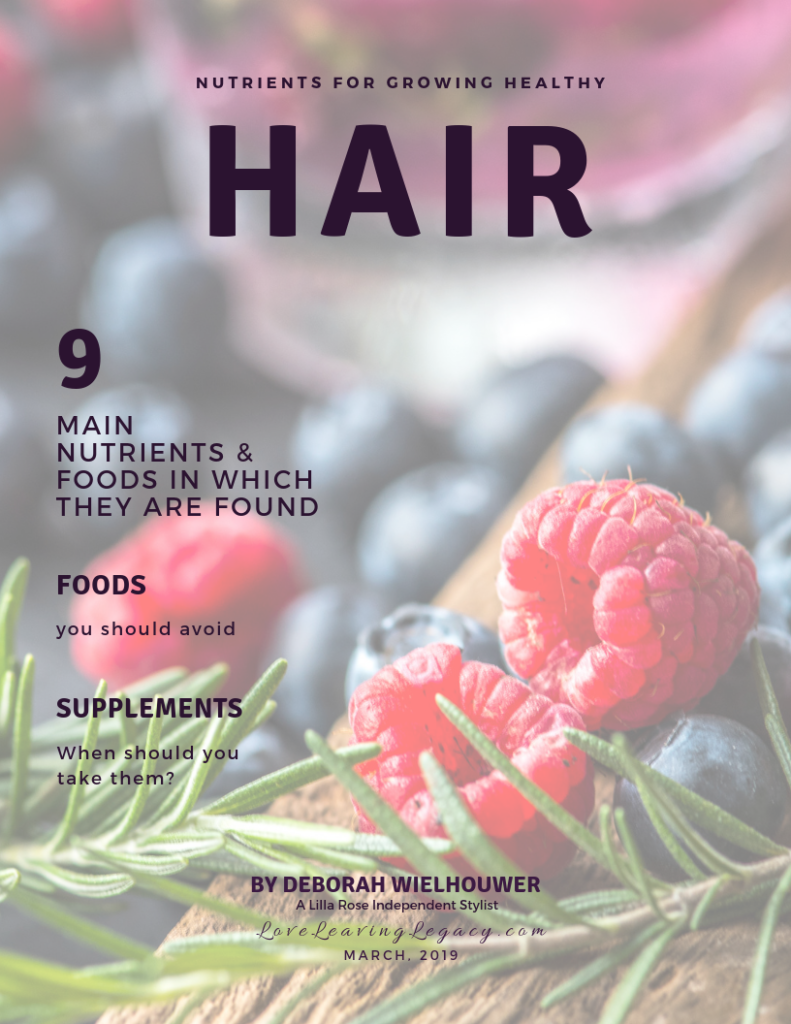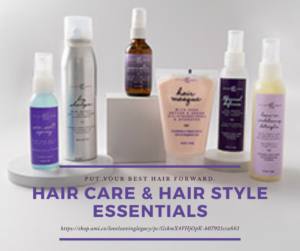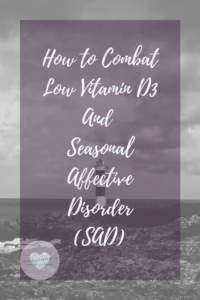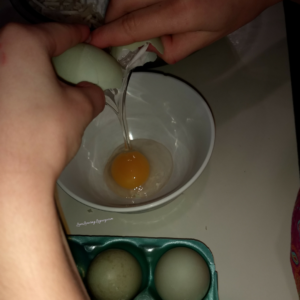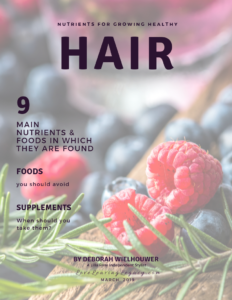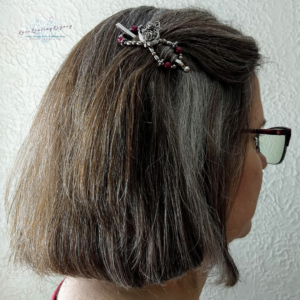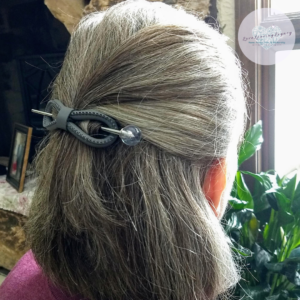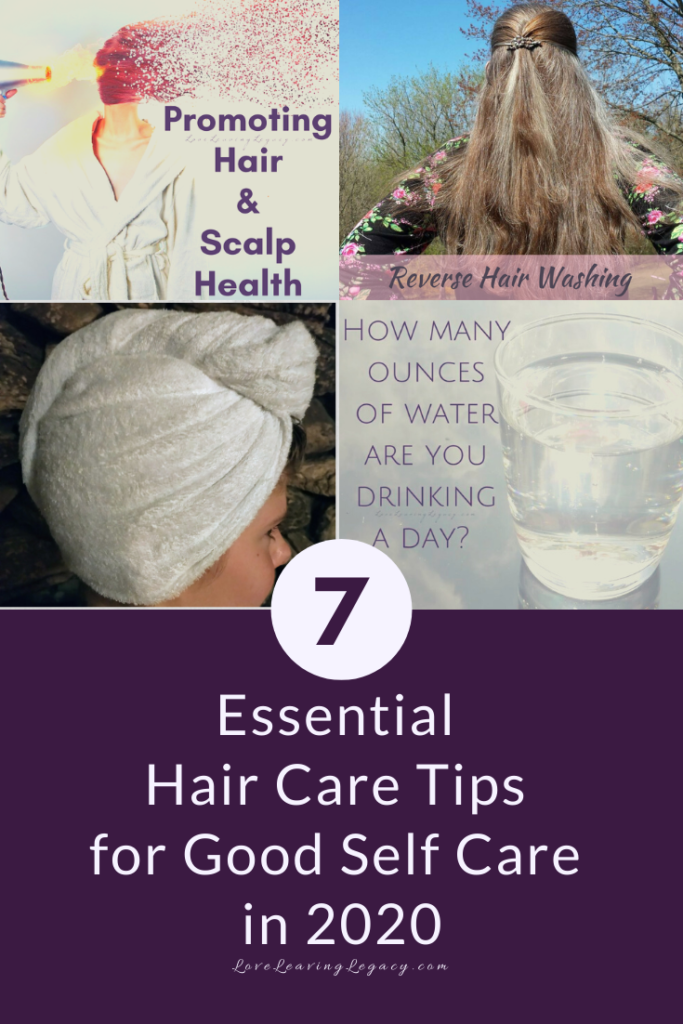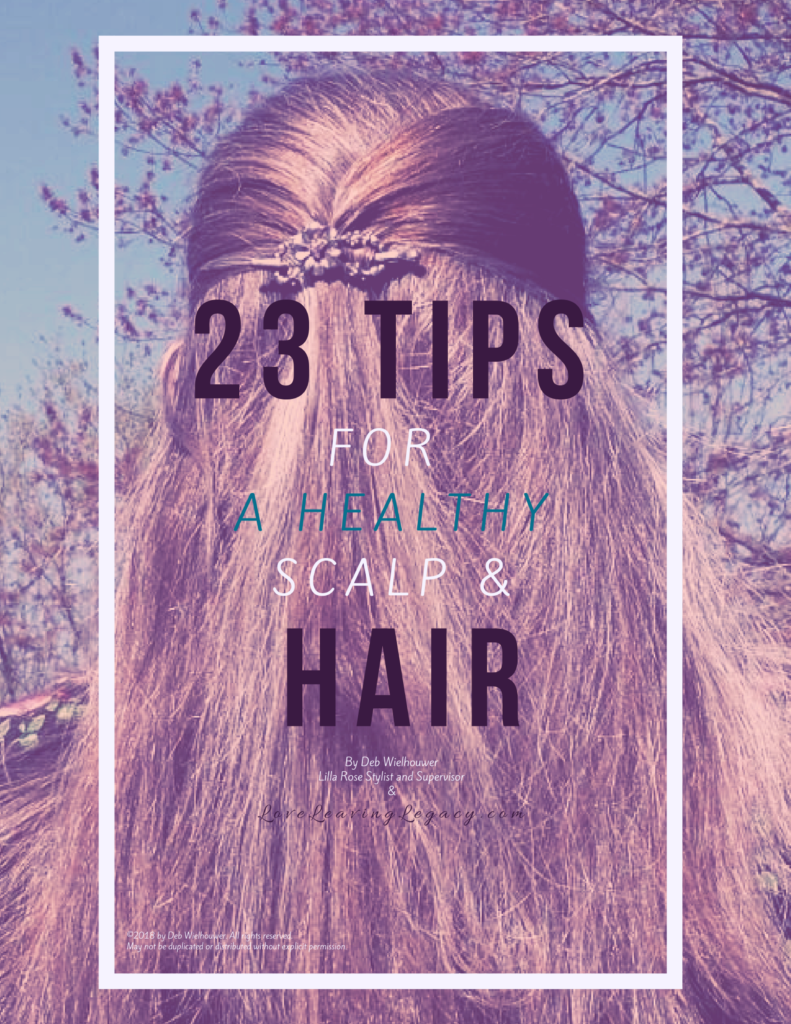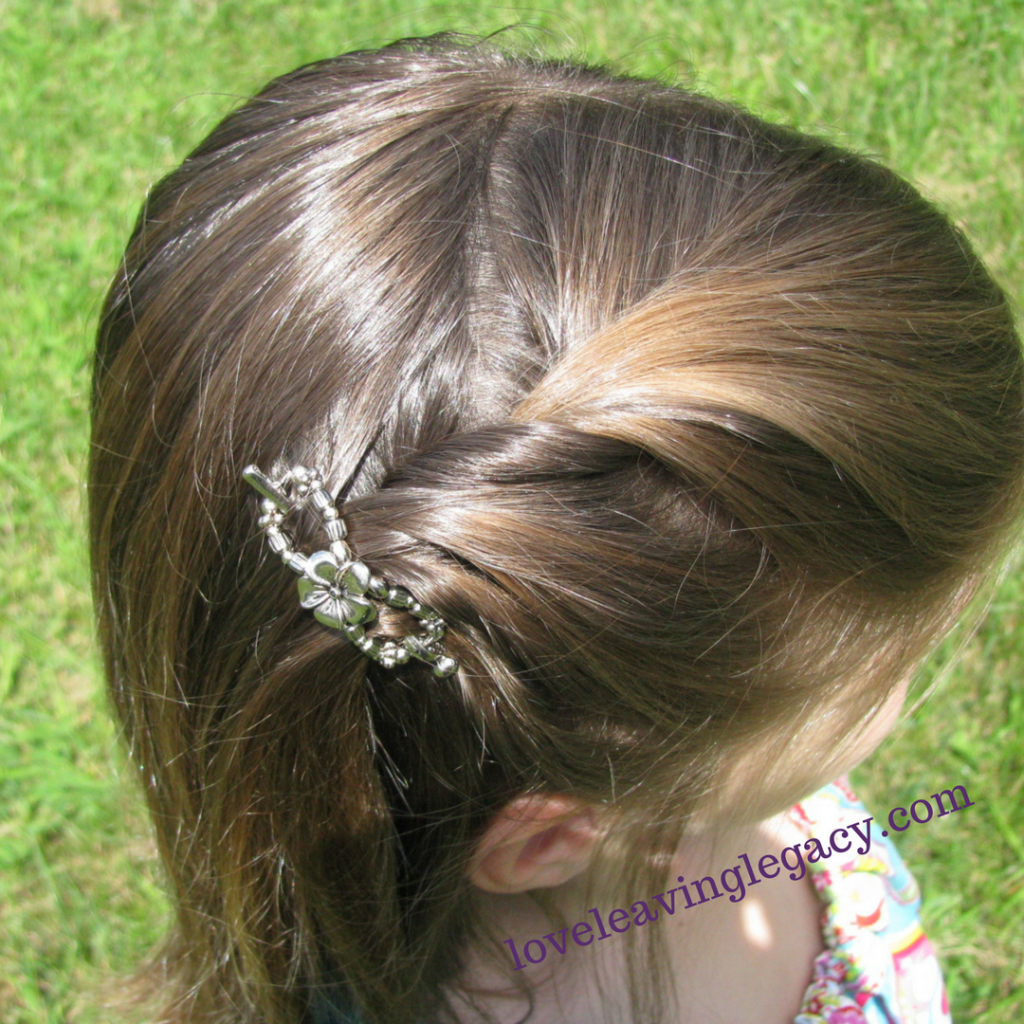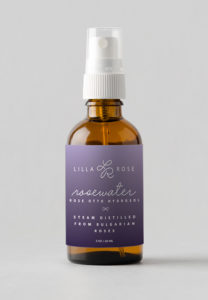Wild Alaskan Company Fish
After my brain surgery recovery after a very large acoustic neuroma was found on my right vestibular nerve, the main nerve that controls hearing, gait, and balance, I was researching how to heal my brain, my nerves, how to grow back healthy hair, and how to stay healthy while I recovered from my newly founded gait and balance issues, one sided deafness, and facial paralysis now turned facial synkinesis. Obviously there is no way to rush healing. I knew I could only provide as optimal an environment and healthy habits for healing as possible.
I didn’t know at the time that my craving healthy foods like salmon, avocado, almonds, spinach, berries, etc, were all foods that I needed for brain healing, hair growing, and healthy nerve regeneration. I’ve never ever in my life craved salmon.
Yet, while my dear friend was with us for nearly three weeks helping with my home and rehabilitation, we ate salmon more than once. Not long after she left, and my wanting to avoid being in the stores because of germs and my inability to drive, I researched how to have salmon shipped to my home so that I could continue to have it, and have the healthiest of options.
That is how I found the Wild Alaskan Company and started an every other month subscription to have wild Alaskan salmon shipped to my home, along with the option to have other fish sent too. DISCLOSURE: Clicking through Wild Alaskan Company is an affiliate link, meaning I get a $25 reduction off the cost of my next shipment if my readers opt to have a fish shipment sent to their own home also. There is no extra cost to you, and in fact, clicking through my link will give you $25 off your first order too.
Wild Alaskan Company will send a box once a month unless you change, pause or cancel your membership anytime before it renews each month. They have been very easy to order from. They ship your fish in box packed with dry ice. They are really good about messaging, and alerting us as to when our box will arrive.
When we open our box, we put on winter gloves, and carefully remove all the fish packages before taking our “Fish Stash” to our deep freezer.
A great gift idea with the holidays approaching is to Gift a Box of Fish! You get to choose a box of 12 or 24 pieces, whether you want only salmon, a mix of salmon and white fish, or only white fish when you want the box shipped, and include a message. Wild Alaskan Company ships to all 50 States in the United States. When you go to their website, click Give a Gift at the top of their website page, and then Happy Ordering! It’s easy peasy lemon squeezy!!
Salmon is high is essential fatty acids and omega fish oils. These are recommended for reducing cholesterol and inflammation. Salmon is also high in protein. Fatty acids and protein are essential for healing brains and nerves. It also contains many B vitamins for nerve healing, and potassium and antioxidants as well.
Some say that wild and sustainable caught salmon, cod, halibut, and other wild caught fish are higher in these nutrients also, and better for you than farmed fishes. I have to say that Wild Alaskan Company salmon, cod, halibut, Rockfish, and scallops that we’ve received from them is the best fish I’ve ever had! This is coming from a person who really does not usually love fish!
While my life long friend was here with us during my rehabilitation, she taught my daughters how to poach salmon. So far, that is our favorite way to have Wild Alaskan Company salmon. In our air fryer, we’ve also made “fried” cod. Another favorite is to make fish and potato chowder. We’ve experimented with a teriyaki baked fish too.
All in all, Wild Alaskan Company, and the fish that they have sent in our subscription, has been a fun and worthwhile investment into our health.
In the meantime, I ended up writing another e-book, Nutrients for Growing Healthy Hair. It’s free and allows you to opt in to my LoveLeavingLegacy with Lilla Rose hair accessories newsletter. I know I’ve shared it before, but I’d love for you to have it!
PS. Want inside info on Lilla Rose hair jewelry sales and upcoming events?
Join me on my LoveLeavingLegacy Facebook page
or
Where I Now Blog About Lilla Rose Hair Accessories & Products, Hair Styling, and Hair Care On Sassy Direct.
I have other gift ideas for healthy hair, too, which you can see here.

